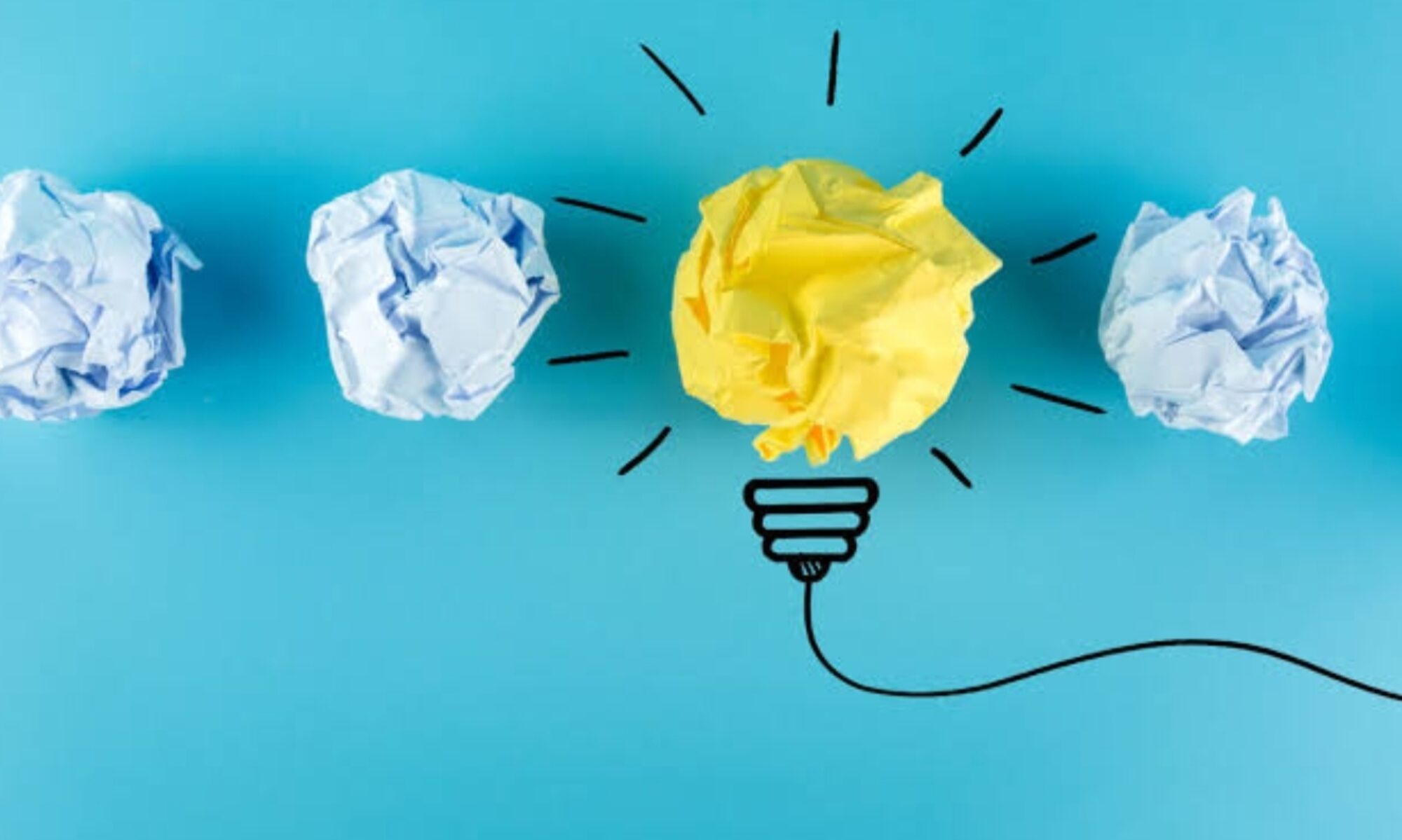The most common belief is that Customers don’t really know what they want; they need to be told.
Wrong!
The fact is customers these days have a fair idea of what they want, but they may not be experts at describing their needs. By understanding the types of customer needs and how to reveal them, you’ll better know your customer’s true needs and how to address them.
The Kano model (Named after Noriaki Kano, Professor of the University of Tokyo and creator is useful in gaining a thorough understanding of a customer’s needs. In simple words, Kano Model helps in understanding and generating ideas and techniques that help us determine our customers’ (and prospects’) satisfaction with product features.
The best part about Kano Model is that it can be applied to any product category and I will try to simplify this based for you based on working in various industries.
Kano Model can be used to pull together a list of potential new features that the team wants to develop. These can be then assessed according to two criteria:
- Their potential to satisfy customers.
- The investment is needed to implement them.
You can also think of the Kano Model as the “Customer Delight vs. Implementation Investment” approach.
The features under Kano Model can be divided into 5 categories and two sub-categories i.e “Features to include” and “Features to Avoid”
Understanding these 5 different categories helps in a big way on “What to Include and What to avoid”. This saves lots of time and cost for the organization.
The two Features that need to be avoided are – Indifferent and Dissatisfaction features; for example What difference will it make to a customer whether company A uses XYZ inventory management system, as long as his work is not being impacted. Similarly for dissatisfaction features for example – The fewer options and variety on the menu of an airline, the lower the satisfaction of its customers.
Under the Kano Model, the three categories of initiatives that need to be studied in depth are – Basic, Excitement, and Performance. These help in creating the biggest differentiators for the brand.
Basic Features – These types of features are usually called Must-be or Basic Expectations. These features are like having them will not make the customer more happy or satisfied but not having them will certainly make them unhappy. We expect our phones to be able to make calls. Our hotel room should have running water and a bed. The car should have brakes.
Excitement Features – I remember meeting a dealer in Punjab, who had a very loyal customer base (Carpenters). The simplest reason was that he had created a huge lunchroom for them and even if they buy any material or not they had the luxury of having free lunch in the canteen. He also used to run lots of loyalty programs for his customers. There are unexpected features that, when presented, cause a positive reaction. These are usually called Attractive, Exciters, or Delighters. I remember that the first time people used iPhone, the reaction was a big “WOW”. Remember the first time you learned XLS tables and the ease of calculation of complex maths totals. The more you have these features – the greater the satisfaction level.
Performance Features – These are features that give you a proportionate increase in customer satisfaction as you invest in them. One example would be increasing file storage capacity in an online app. The best part is these features are “One-Directional” i.e the more you have them the better the customer’s delight. These also feature customers who know they want and weigh heavily when deciding whether to choose your product or your competitor’s.
Hope this simplified version will help you, friends, when you go for something new, be it a product launch or a retail store launch.



Great to learn n grow in competition